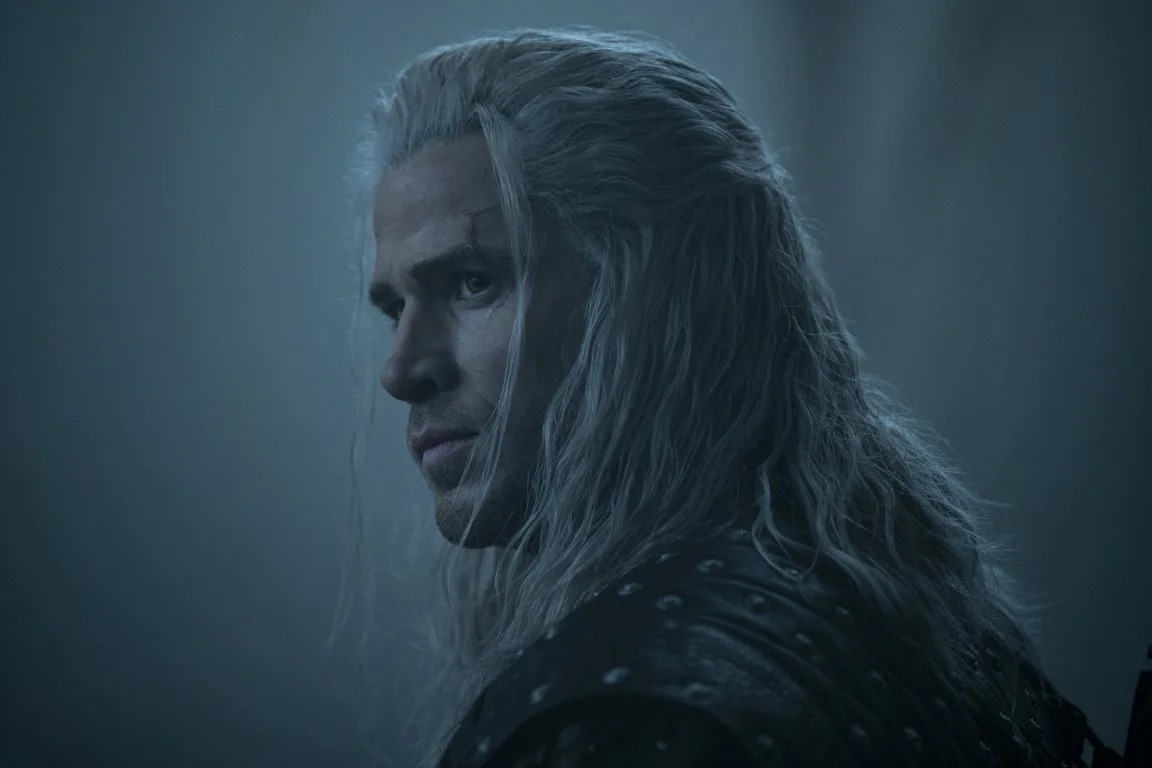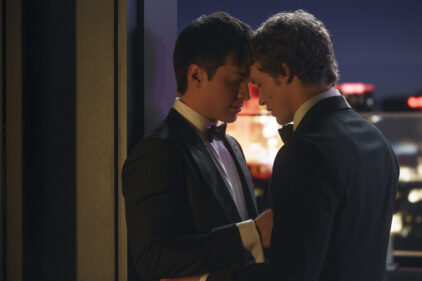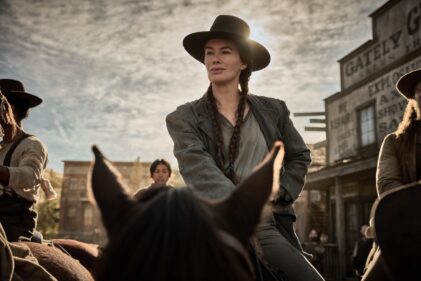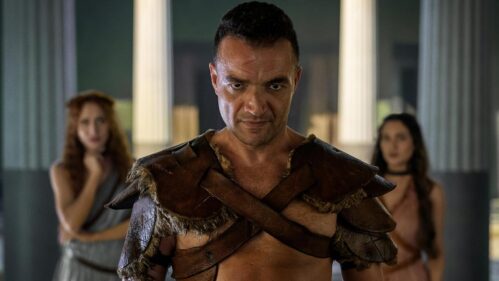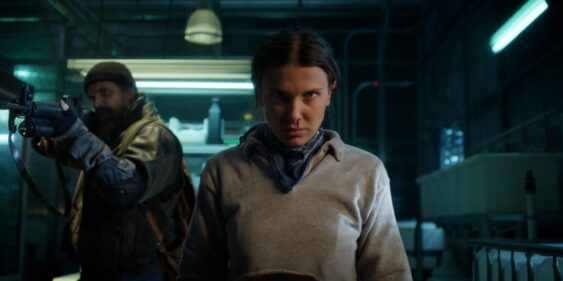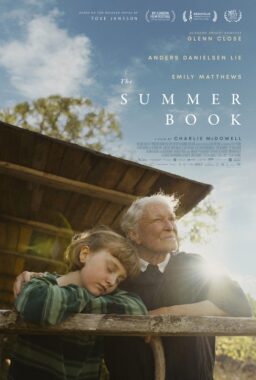Netflix’s tentpole fantasy adventure “The Witcher” had a tall order coming into its fourth season; it’s easy to sympathize with showrunner Lauren Schmidt Hissrich and her crew, who have to juggle both the show’s increased scope (as it enters its penultimate season) and the recasting of its lead actor. Yes, gone is the chiseled jaw and inhuman growl of Henry Cavill, replaced by the softer, more passive features of Liam Hemsworth.
The good news is, the switcheroo isn’t quite as jarring as one would think. The bad news is that’s because the Butcher of Blaviken feels more and more sidelined in his own show than ever, as Season 4 continues the sprawl that has made “The Witcher” feel less like a gritty fantasy slash-em-up and more like homework.
Much of that is down to the structure of the season, which feels as scattered as our central family: In the wake of last season’s events, Geralt (Hemsworth), his mage lover Yennefer (Anya Chalotra), and their young charge, Ciri (Freya Allen), all embark on individual season-long journeys that hardly, if ever, intersect.
In some ways, that’s a strength of the season; if you don’t jive with one story thread, wait a few minutes, and you’ll get to check in with someone else. But these separate threads take forever to weave their way toward each other, feeling like you’re watching three disjointed fantasy stories rather than one broader tale. It’s a jarring adjustment from the unified front our characters had in Season 3.
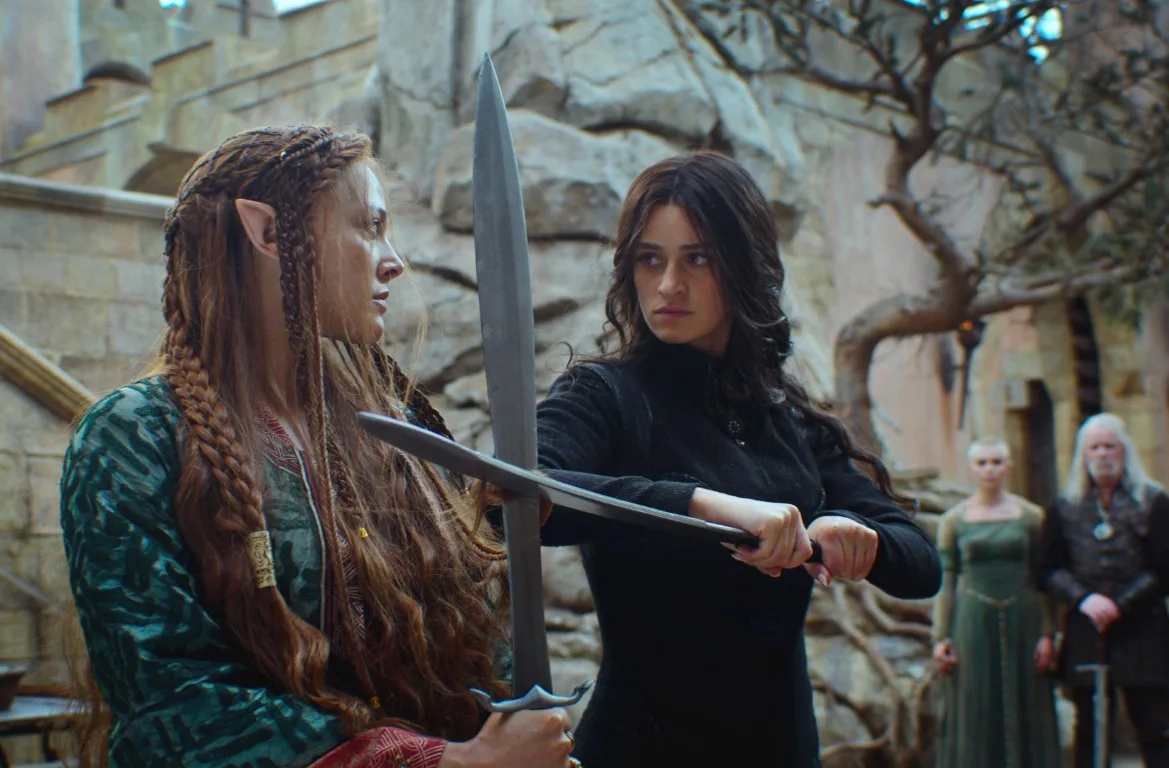
Granted, this is likely a consequence of filming seasons four and five back to back, with this season feeling like place-setting for the inevitable showdown between Geralt and new baddie Vilgefortz (Mahesh Jadu), leader of the Brotherhood of Mages. He’s on the hunt for Ciri, who has chosen to reinvent herself under a false name while carrying on with a group of bandits known as the Rats. While Geralt and plucky bard Jaskier (Joey Batey) collect a cadre of pals to search for Ciri, Yennefer begins to build an army of magic-wielders and witchers to stand up to Vilgefortz, coming into her own as a leader.
But what about Hemsworth?, you may be asking. Well, it takes a while to get used to him, and the show certainly does all kinds of place-setting at the beginning with a cutesy framing device that frames the change of face as just another wrinkle in the retelling of Geralt’s exploits. (Shades of “The Princess Bride,” which is welcome.) We even get a bit of a speed-run of Hemsworth reenacting some of Geralt’s biggest plot and action beats from the previous three seasons, just in case new viewers are hopping on to the show for the first time.
To his credit, Hemsworth handles the physicality of the role well, his leaner frame turning Geralt into more of a rogueish swordsman than a big brute in the film’s decently choreographed action scenes. But he never quite nails the voice or the glower, often feeling like he’s doing a passable Cavill cosplay. (I’d swear there are also times where his voice feels pitch-shifted to a lower register to approximate the prior actor’s gravel.)
Still, at least they picked a good time in Geralt’s arc to give him a softer, more vulnerable face; “The Witcher” sees its witcher blending more into the background than ever this season, stepping back and allowing himself to accept more help than the lone wolf ever permitted in the past. In fact, the nature of splitting our three leads into protagonists of their own stories means this season introduces, or reintroduces, more recurring characters than ever before—so many, in fact, that it becomes almost overwhelming to keep track of them.
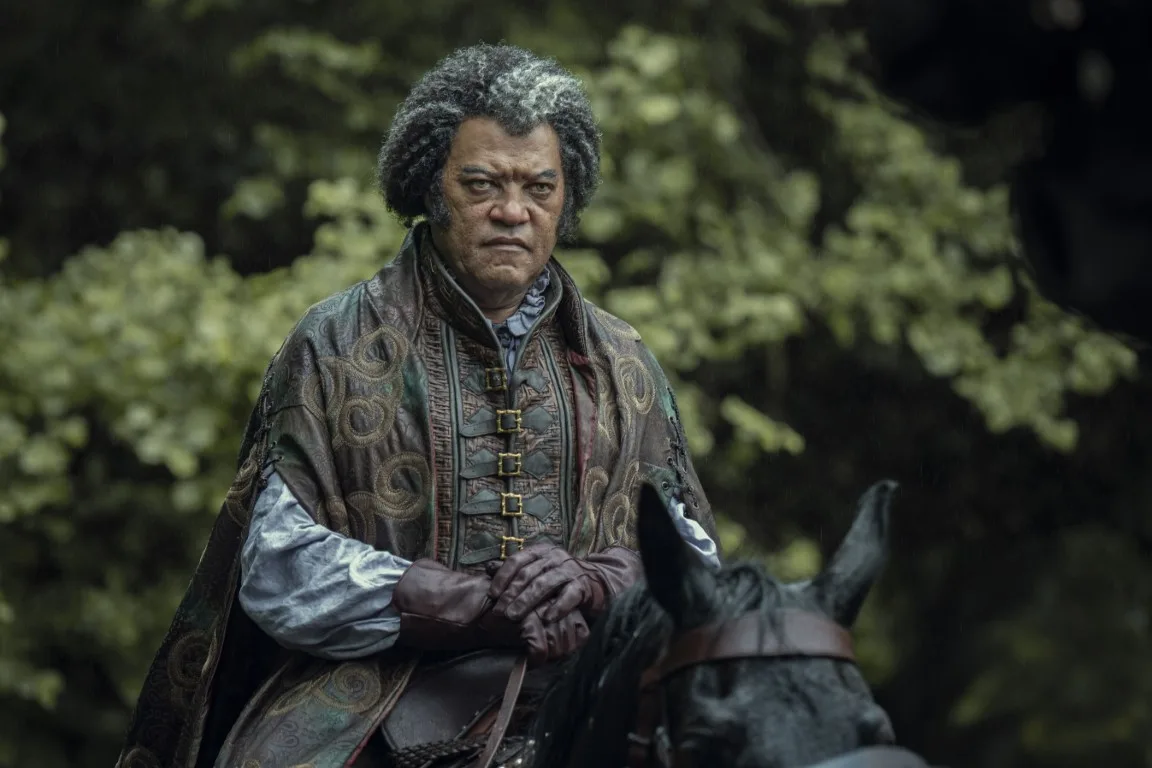
That’s especially true in Geralt’s leg of the story, as he gathers no fewer than six new companions on his quest, becoming less of a leader and more the fulcrum of a broader ensemble. Among those misfits, however, is standout new character Regis, played with feline aplomb by the always-reliable Laurence Fishburne (added, presumably, to help bolster the show’s star power in Cavill’s absence; Hemsworth may have helmed some movies, but he’s no Superman). Decked out in a cape and a wig that resemble Clarence Williams III from “Tales from the Hood” at a Ren Faire, Fishburne’s Regis becomes a new confidant for this more sensitive Geralt, even as his latent vampirism complicates his relationship with the monster hunter.
Yennefer and Ciri’s stories also deal with at least a half-dozen new or returning characters we suddenly have to worry about, to say nothing of the moments we cut back to the Nilfgaardian palace intrigue that so bogged down the previous season. (James Purefoy pops up as a preening vizier to the new king, though his Iago-ian scheming hardly amounts to much.) It all gets a bit overwhelming when taken in all at once, especially since there’s so little screentime between them that we don’t get much time with the varying bit players. By the time we get to the season’s fifth episode (where Geralt’s crew sits astride a campfire and flashes back to their various traumas one by one a la “Rebel Moon Part 2”), it’s hard not to feel like the story’s just going in circles to fit Netflix’s patented hour-long runtimes.
There’s still plenty for “Witcher” fans to enjoy, whether it’s the occasional Whedonesque barb from Jaskier or the monster fights that are still peppered in once in a while to remind us what so appealed about the first couple of seasons. But it’s clear the show is running out of steam, as its new star struggles to step out of the hulking shadow of his predecessor and the story spins an overwhelming number of plates. Perhaps it’s fitting that we only have to toss a coin to our witcher once more after this.
Full season screened for review. Currently streaming on Netflix.

